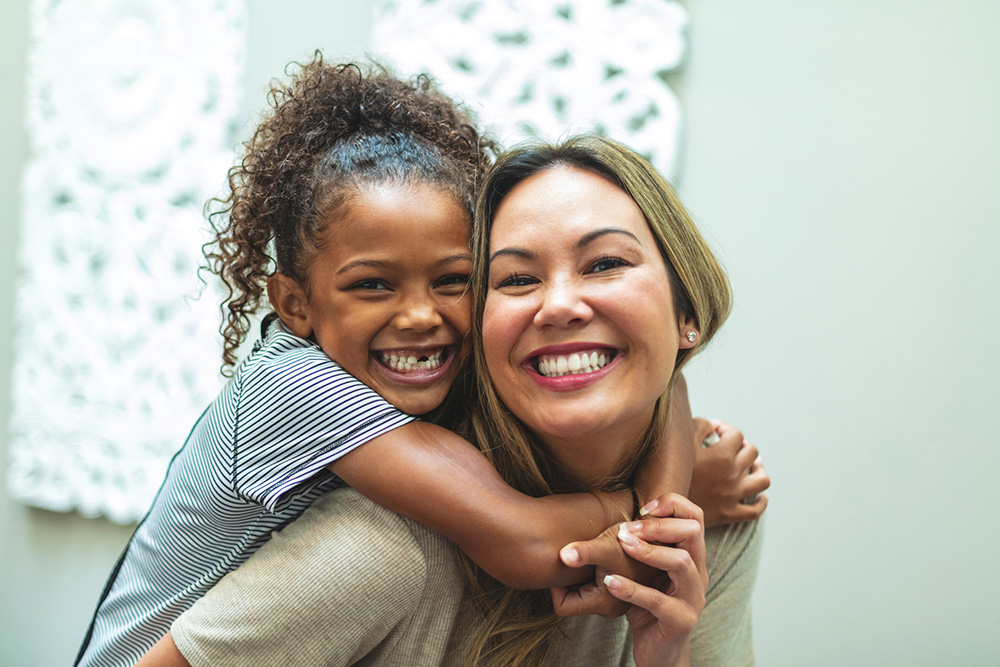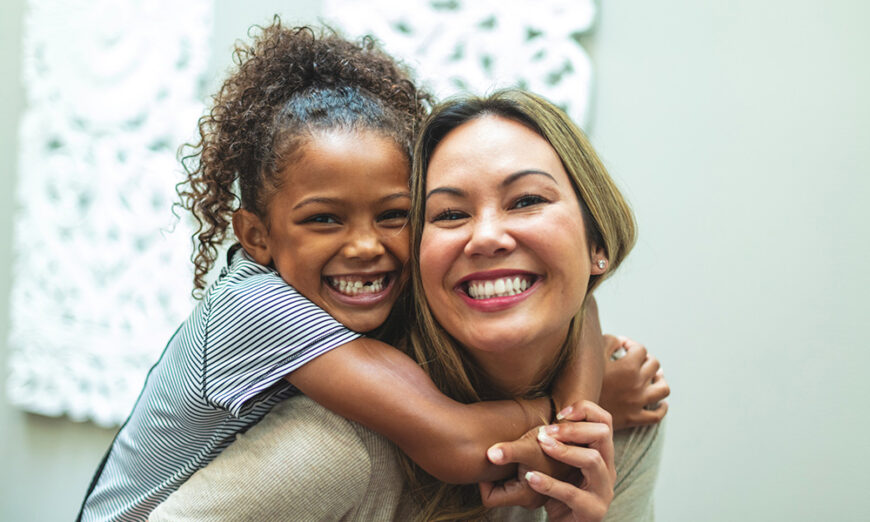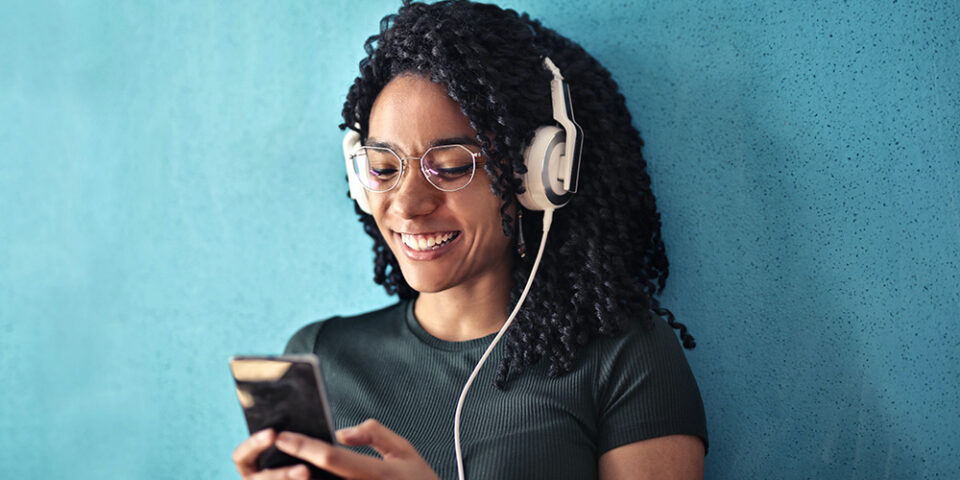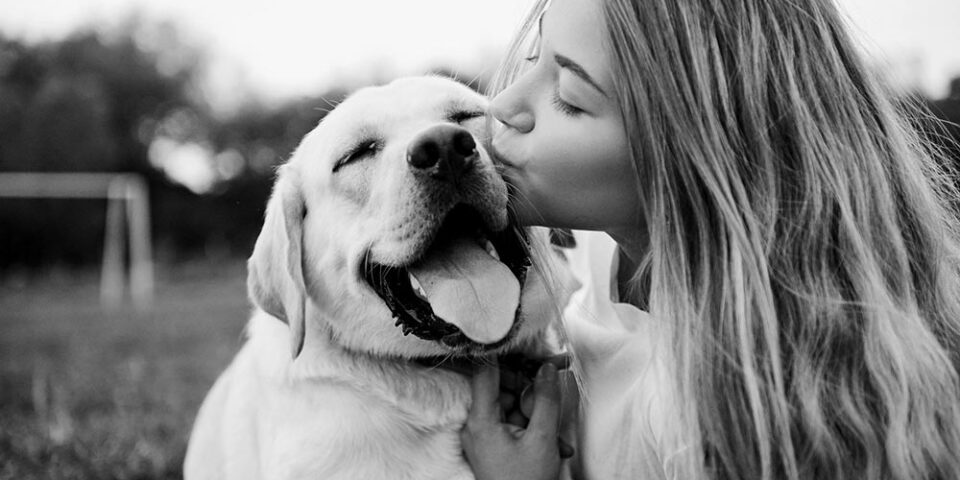Is it possible to shoot great portraits at home? As you might expect, the answer is yes! All it takes is some basic gear, some basic setups, and some practice with a willing and patient subject!

Let’s start by assuming that you have a camera that takes interchangeable lenses. Next, you’ll need a lens that is going to give you a pretty look for portraits.
Lenses
As a working professional, I can tell you that the most popular lens for pro grade portraits is the 70-200mm full frame equivalent. If you are on a crop sensor this works but camera to subject distances can be a bit tight, so you might look at something in the 50-135mm range and if on micro 4/3s it’s hard to beat a 40-150mm.
You don’t need to spend a lot on a super-fast lens as it’s most common to be shooting between f/5.6 and f/8 for a headshot or half body. If your funding allows for it, try for something with a maximum aperture of at least f/4. Of course, you may already have a lens that is perfectly suitable.
Transmitter
You will also need a radio remote to control the flash off camera without wires or the convolution of optical control. The Godox X1T is an amazingly good choice for a very low cost of entry.
Support
You are going to need a bracket and a light stand to hold your flash. Save money up front and get yourself a boom stand. You’ll thank me later, because a boom lets you get the light up and over, critical for a popular and effective look.
Backdrop
You will need a backdrop. Popup backdrops have become very popular because setup and tear-down are quick and when collapsed they take next to no space. Remember that the backdrop’s job is to perform isolation and so it should be as plain and simple as is reasonable.
Tripod
If you will be doing a lot of shots from precisely the same position, a solid tripod with a good ball head makes a lot of sense. A lot of pros shoot handheld which allows more angles more quickly, so it’s a personal choice. When you do get a tripod, don’t waste money on something so flimsy you cannot trust it with your camera.
Setup
You will want a simple stool for your subject. A simple rotating stool without a back from the office supply store is a great inexpensive option.

Lighting
You will want a flash that can work off camera. Trying to do portraiture by ‘natural lighting’ is all well enough, but it is more work, it will demand higher ISOs, and you will always run into colour issues. I suggest a hotshoe-style flash with a fair bit of power like the Godox TT685.
Softboxes are very popular and allow for an incredible quality of light with strong directional control. When building your own home studio, start there. I would propose a round or octagonal softbox close to a 1m diameter. Such a softbox will have an external diffuser. The light looks terrific and is easily controlled.
Portrait lighting is very simple. There are five primary lighting styles but a couple of them require a fair bit of work on placement to work out, so we are going to look at three simple to use setups.
The most popular portrait lighting technique is called Rembrandt lighting. Simply put, the light is pointing downwards at a slight angle and is off centered and angled in. There are lots of documents that specify particular angles to use but really you can achieve the look with angles of between 30 degrees and 45 degrees depending on the face of the subject. A reflector is sometimes placed opposite the light to kick some fill back, but this should be subtle.

Example 1
In this example, we use only a single speedlight in an octabox, positioned as noted. You see a triangle of light below the model’s left eye and a gentle shadow extending from the tip of her nose to the corner of her mouth. Very simple and very elegant.
Hollywood or butterfly lighting is an above the head, downward facing light designed to accentuate cheekbones. A reflector is frequently placed below and opposite the main light to fill in under the chin and under the eye ridges to soften but not eliminate shadows.

Example 2
In this example we see the light set up high but aimed downwards to hit the face and really cut the cheekbones. The reflector is placed to fill shadows but not fill them completely retaining the dimensionality of the face. Positioning in this case is critical so as to fill in under the eyebrows but not wash out the cheekbones.
Broad lighting means that the face is turned so the light hits the broad side of the face and spills over slightly to the short side of the face. A reflector outside of frame can be used to throw some fill in on the short side of the face.

Example 3
In this example, we see the light up and to the subject’s left at a moderate down angle to push a shadow under the jawline to enhance it. The main light is to the subject’s left and his body and head are oriented so the light strikes the broad side of his face. A simple reflector off to his right pushes a bit of light back to the short side of the face to avoid a too harsh shadow.
Camera Settings
To be candid, this is a place where manual mode is really easy to use. Set your ISO to mid-low, say around 200 to start. Set your aperture to f/5.6 and set your shutter speed to 1/125 of a second. You do not need to be at the flash sync speed. Set your flash to TTL.
I understand that many folks prefer setting the flash to manual and adjusting the power themselves, and that works, but if you are filling the frame with your subject as you should, TTL will get you there very quickly and then you can use Flash Exposure Compensation for any basic lightening or darkening.
Conclusions
Shooting portraits at home doesn’t have to be challenging. It’s about proper repetition to build skills. You don’t need a ton of gear to get started. Why not put together your own gear list and give it a go?
If you have specific questions, you can always ask your Henry’s sales associate. Call a store to speak directly with one of our Henry’s experts or send us a message online via live chat, available 7 days a week.




COMMENT (1)
Pingback: Make a Photography Camp at Home for Your Kids this Summer | Photography and video news, reviews and tips | Henry's Camera